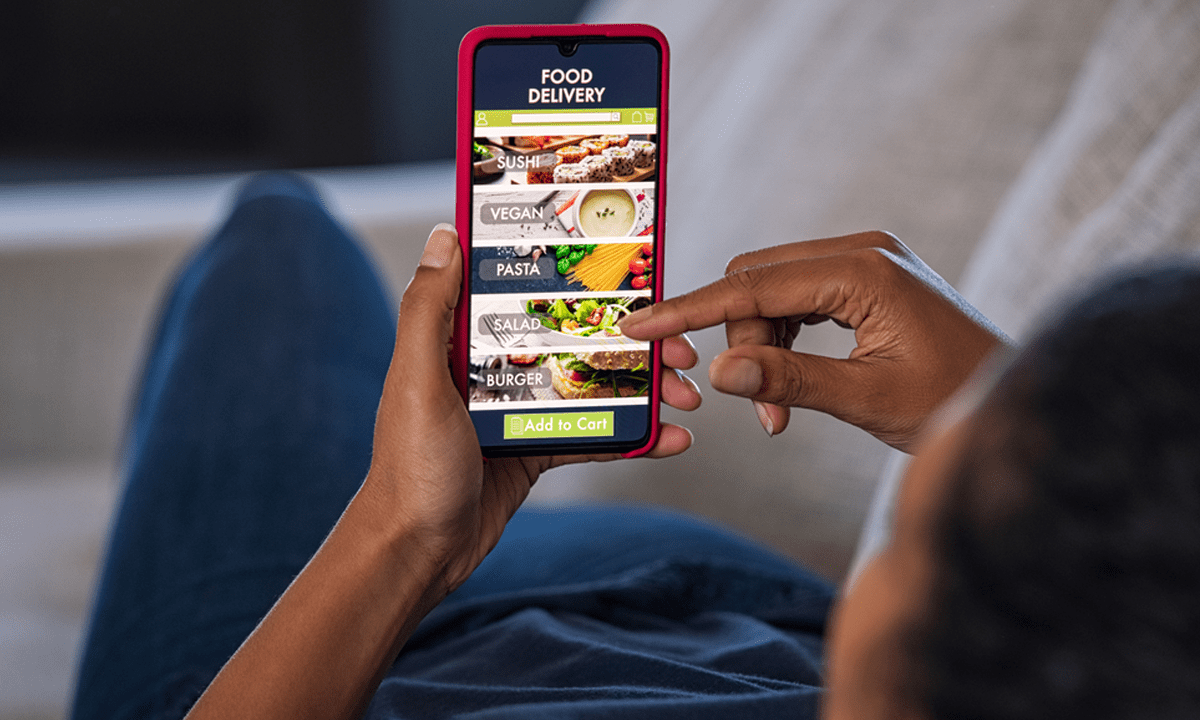Meta Looks to Gain Share of Restaurant Sales With WhatsApp Ordering

As tech providers compete to enable the most frictionless restaurant ordering, Meta is throwing its hat into the ring and looking to get in on the revenue opportunity from the rise in digital food sales. The tech giant has invested in Take App, a Singapore-based startup that offers conversational commerce solutions for restaurants and other businesses selling via Meta-owned messaging service WhatsApp, according to a TechCrunch report Monday (Aug. 15).
The startup was founded by a former Meta employee, Youmin Kim, who previously worked as a partner engineering manager at Facebook, and it offers an order form for sellers accompanied by order management and analytics tools. In addition to Meta’s investment, the company has also received seed funding from Y Combinator and others for a total of $1 million.
“In Southeast Asia, WhatsApp is the most common way to talk to business, but it incurs heavy operation costs as employees have to respond to a number of conversations,” Kim told the outlet. “There are ‘western’ CRM solutions that make this more efficient, but they are too expensive or difficult for our merchants. We focus on traditional businesses with a digital gap.”
Meta’s participation in this seed funding round suggests that the tech giant is looking to boost the number of restaurant sales made through its platforms much the way Google has been leveraging its Search and Maps platforms to drive restaurant orders by integrating an order button.
The news comes as conversational commerce gradually becomes more common throughout the restaurant industry, both in terms of chat-based ordering solutions such as Take App’s and in terms of voice ordering. Regarding the former, major restaurant company Yum Brands, parent of KFC, Taco Bell, Pizza Hut and The Habit Burger Grill, has been rolling out messaging-based ordering tools via Tictuk, an ordering and marketing platform that Yum! Brands acquired last year.
On a recent call with analysts, Yum! Brands CFO Chris Turner noted that Pizza Hut Germany launched a Tictuk-powered site earlier this year, which yielded a “15% increase in conversion rate and a €2 increase in average ticket when compared to previous performance on aggregator platforms in the market.” He added that other markets in which the company is leveraging the conversational commerce company’s tools are seeing similarly positive results.
Voice ordering offers similar potential to remove friction from the experience and reduce restaurants’ labor needs, both when it comes to consumers making purchases through their own smart home devices or in-car voice assistants and when it comes to restaurants integrating voice ordering technology at the drive-thru. However, implementation of the technology is only in its early days.
According to findings from the 2022 edition of PYMNTS’ Restaurant Readiness Index, created in collaboration with Paytronix, which draws from a survey of more than 500 managers of quick-service restaurants (QSRs) and full-service restaurants (FSRs) across the country, just 10% of restaurants offered voice-activated device ordering capabilities, as of April. That share is up from 7% in September 2021.
Read more: More Than Half of Restaurants Depend on Digital Sales, Despite Uptick in On-Premises Orders
